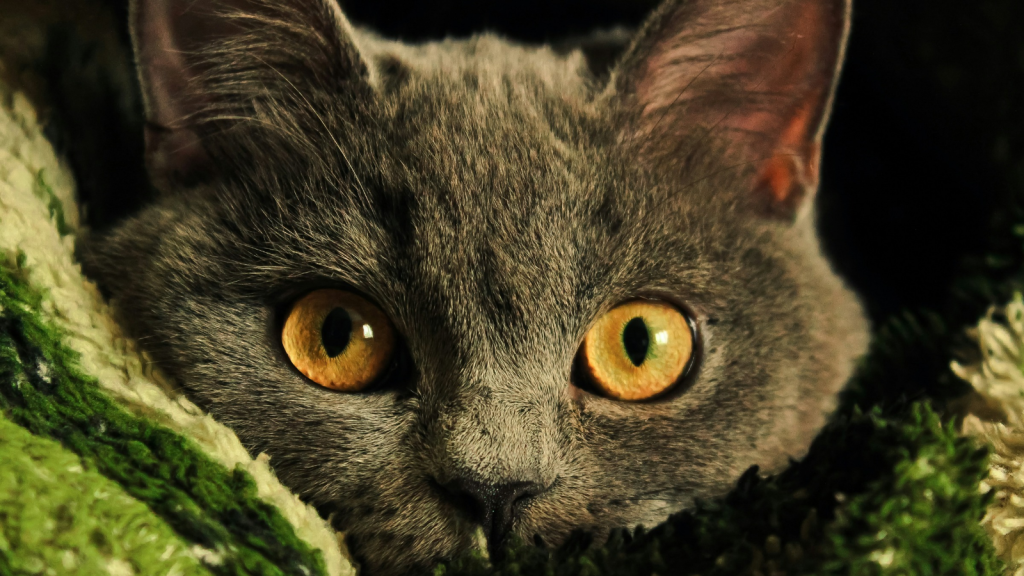We all know that bats feast on flying insects like mosquitoes and moths, but what eats bats? It’s one of those odd things you just don’t really think about. With their ability to navigate in darkness and their swift, agile flight, one might think they’d be safe from predators. However, nature has a way of balancing things out, and even these nocturnal acrobats have their hunters. From birds of prey to surprising land-based predators, bats face threats from a variety of sources.
Owls
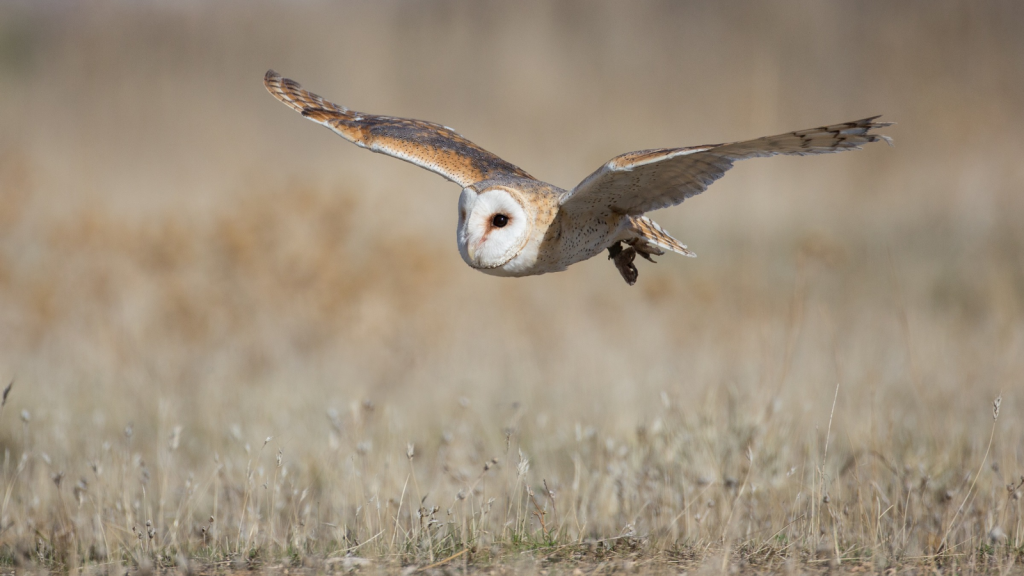
Many owl species are known to hunt bats. Their silent flight and excellent night vision make them perfectly adapted to catch bats mid-air. The tawny owl and barn owl, common in British woodlands and farmlands, are particularly adept at snatching bats during their evening flights. Owls have specialized feathers that allow them to fly silently, giving them a crucial advantage when hunting noise-sensitive bats.
Peregrine Falcons
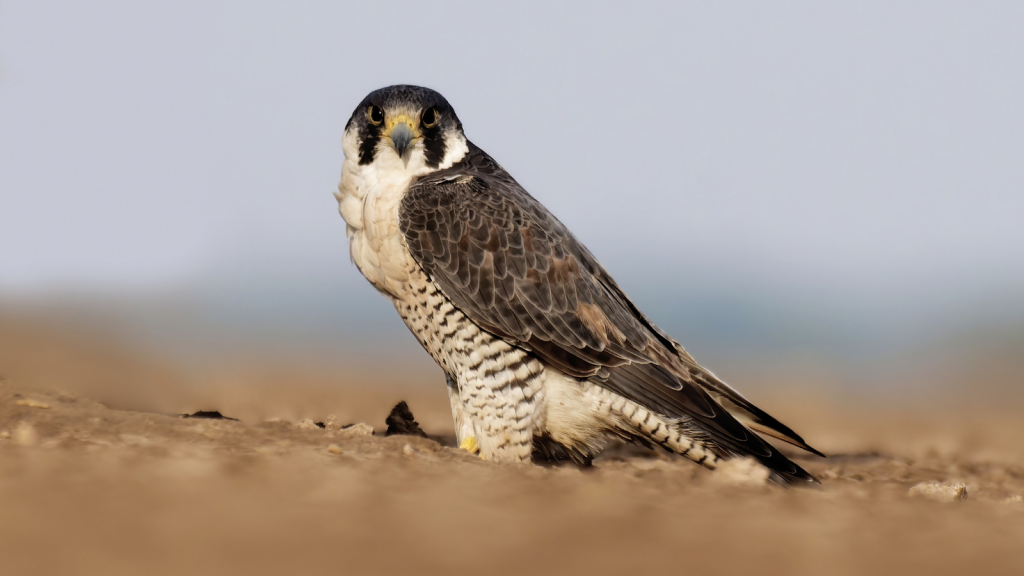
These swift raptors are known for their incredible diving speeds, which they use to catch bats in flight. Peregrine falcons often target bats during dawn and dusk when bats are most active. They’ve been observed hunting around bat caves, timing their attacks to coincide with bat emergences. Peregrine falcons can reach speeds of over 200 mph during their hunting dives, making them one of the fastest animals on the planet.
Kestrels

While kestrels are primarily active during the day, they sometimes hunt during twilight hours when bats emerge. These small falcons are agile enough to catch bats in flight. In urban areas, kestrels may stake out known bat roosts in buildings. Kestrels have exceptional eyesight, able to see ultraviolet light which helps them track bat urine trails to locate roosts.
Sparrowhawks
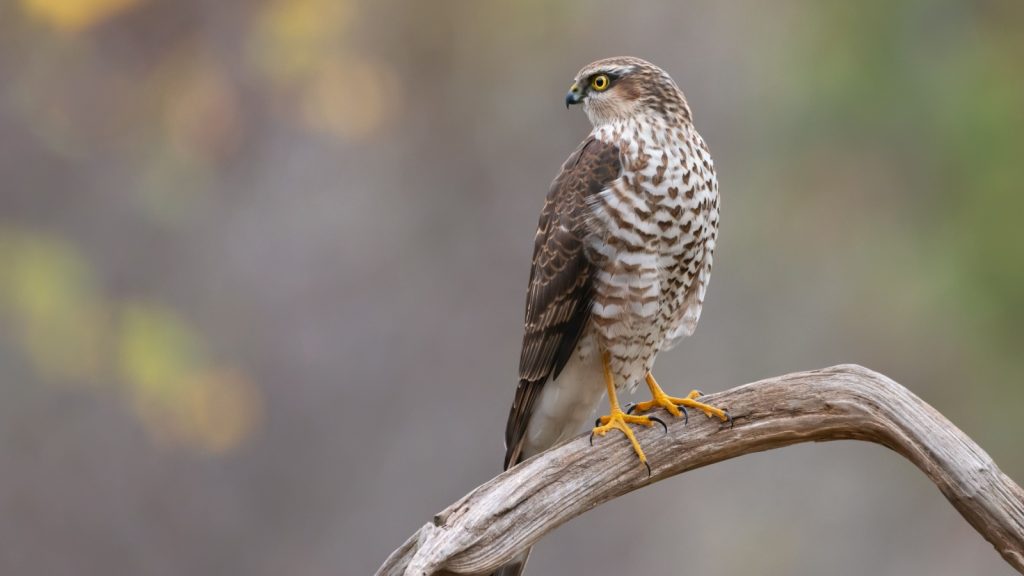
These nimble woodland hunters occasionally catch bats, especially during the summer months when daylight extends into bat activity periods. Sparrowhawks use their agility to pursue bats through trees and around buildings. Their short, broad wings and long tail make them exceptionally maneuverable, allowing them to chase bats through cluttered environments.
Snakes
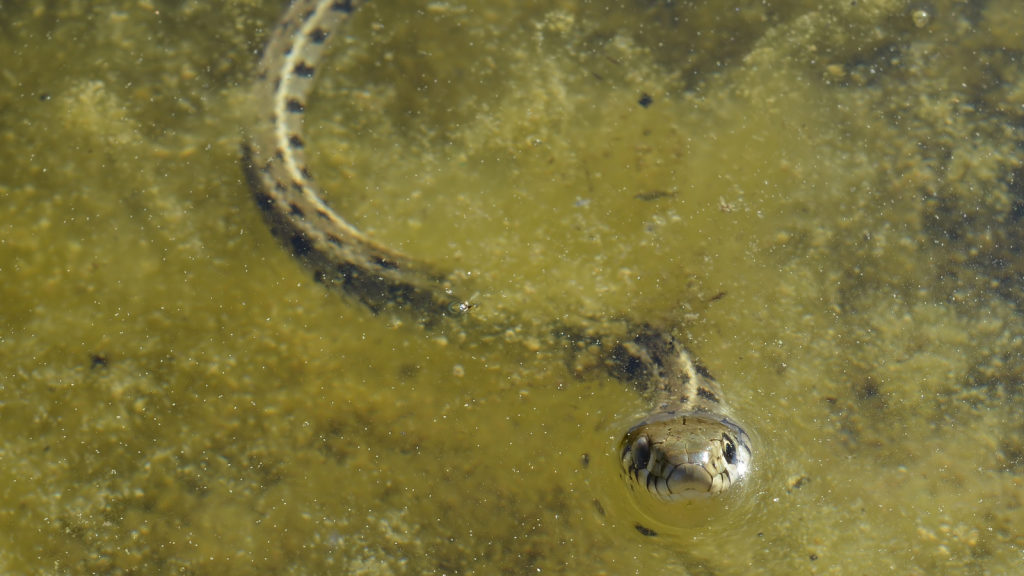
Some snake species, particularly tree snakes, prey on bats. They may raid bat roosts in trees or caves, capturing bats while they sleep. In the UK, grass snakes have been known to occasionally eat bats, though it’s not a common part of their diet. Some tropical snake species have even evolved to hang from cave ceilings, mimicking stalactites to ambush bats as they fly by.
Domestic Cats

Our feline friends are opportunistic hunters, and they won’t pass up the chance to catch a bat. Cats may catch low-flying bats or raid roosts in buildings. Their presence can significantly impact local bat populations in urban and suburban areas. A single domestic cat can kill dozens of bats in a year, making them a significant threat to bat conservation efforts.
Foxes
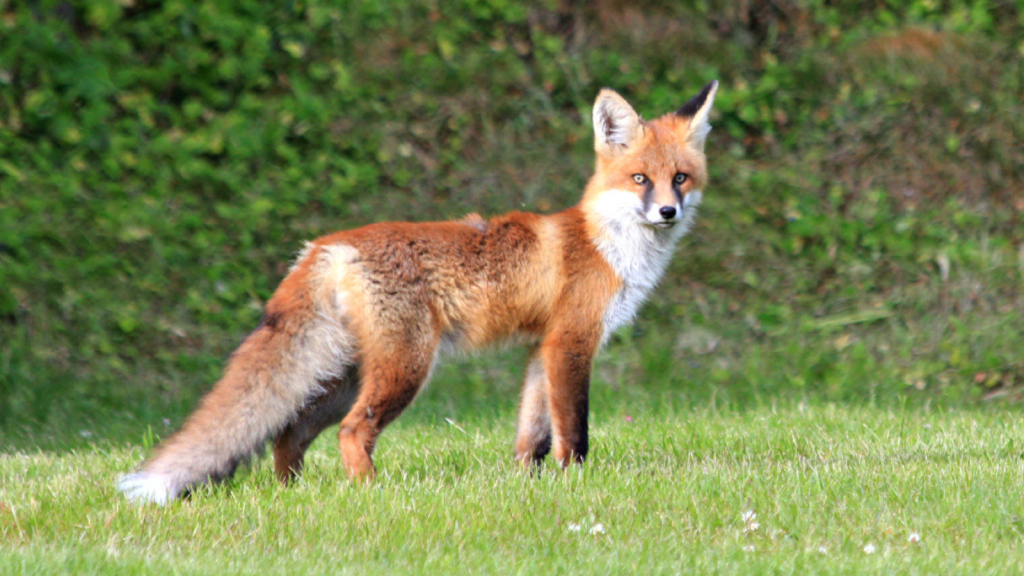
Red foxes, common throughout Britain, are opportunistic feeders that will eat bats if given the chance. They may catch bats that fly low to the ground or those that have fallen from their roosts. Foxes are most likely to encounter bats in urban areas where both animals adapt to human environments. Their keen sense of hearing allows foxes to locate bats that might be injured or grounded.
Weasels
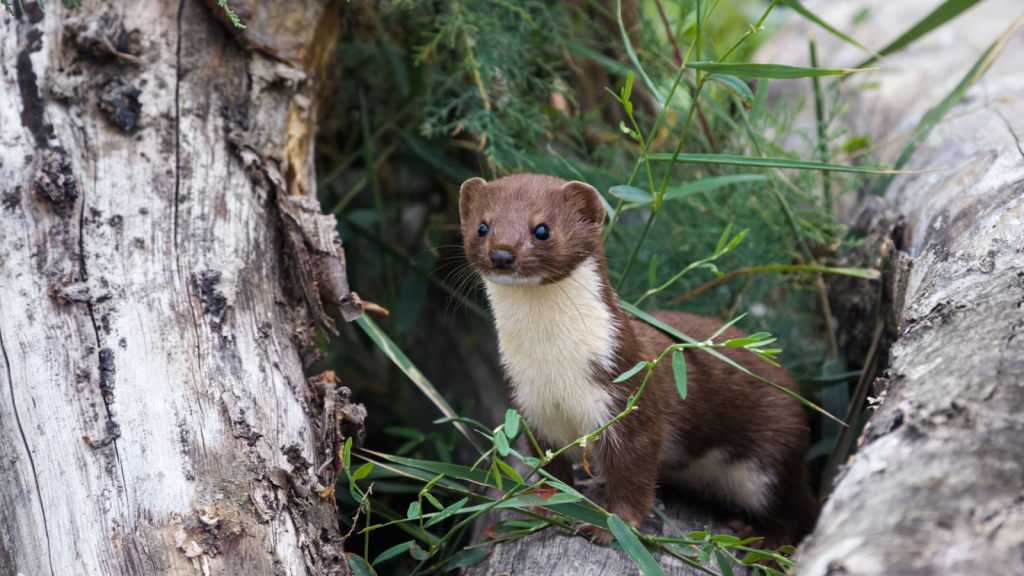
These small, agile predators can access bat roosts in tight spaces like tree hollows or building crevices. Weasels are excellent climbers and can raid bat colonies, especially targeting young or hibernating bats. Their long, slender bodies allow them to squeeze into narrow spaces where bats might feel secure, making weasels a particularly effective bat predator.
Pine Martens
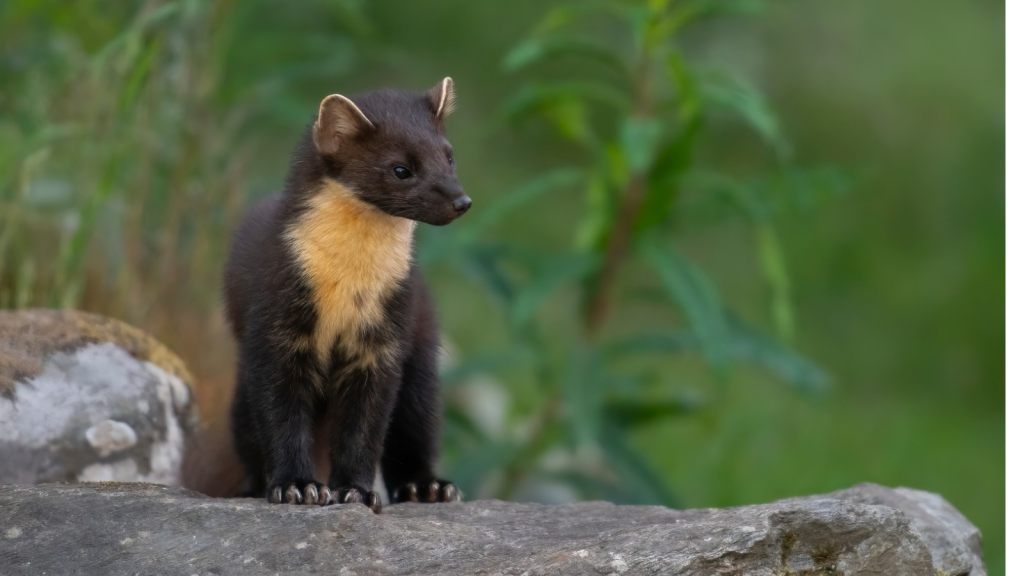
Found in parts of Britain, pine martens are skilled climbers that occasionally prey on bats. They may raid bat roosts in trees or buildings. Pine martens are most likely to encounter bats in woodland areas where both species coexist. Their acute sense of smell helps them locate bat roosts, even when the bats are hidden from sight.
Hedgehogs
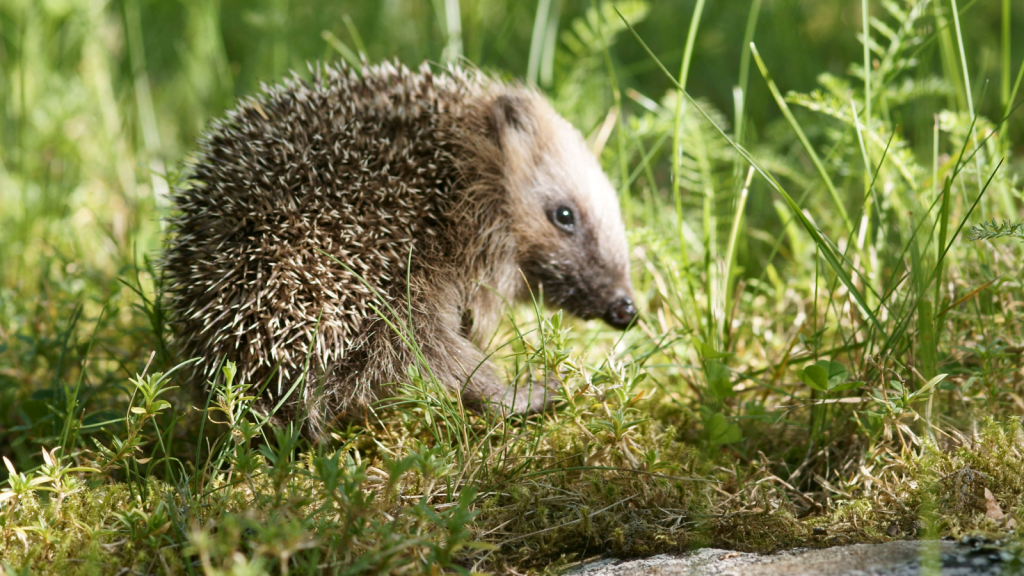
While hedgehogs primarily eat insects, they’re known to occasionally eat bats. They might catch a bat that has landed on the ground or fallen from its roost. This interaction is more common in gardens or urban areas where hedgehogs and bats coexist. Hedgehogs’ poor eyesight means they’re more likely to encounter bats by chance rather than actively hunting them.
Badgers
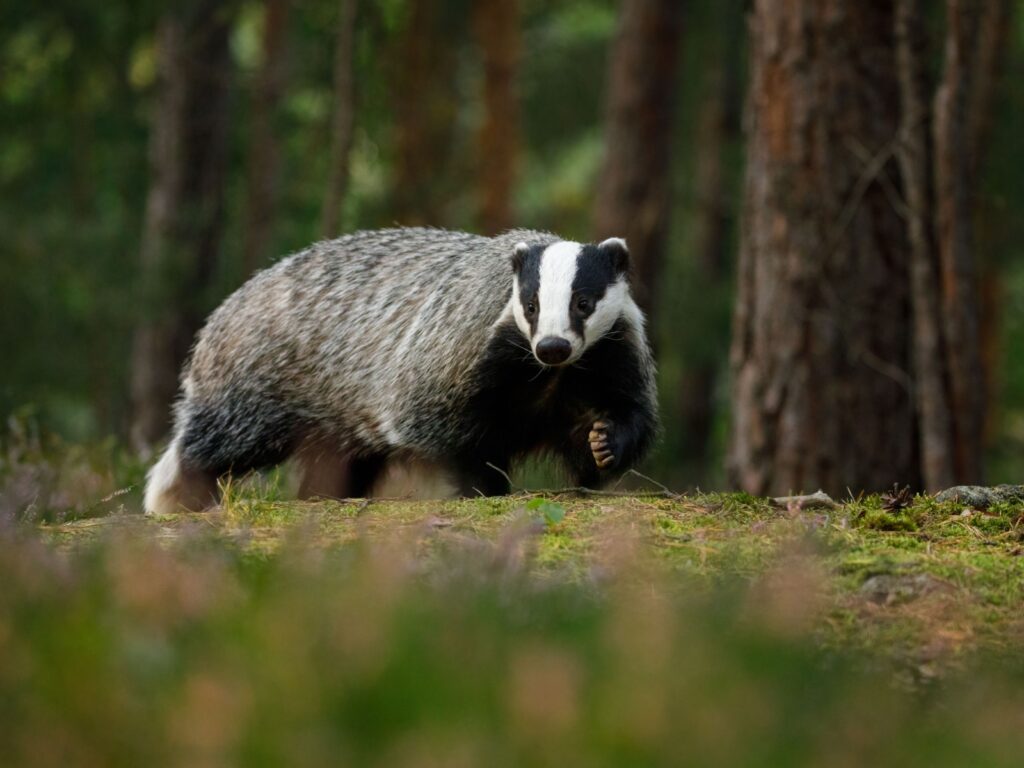
These nocturnal mammals rarely catch bats, but they may do so opportunistically. Badgers might eat bats that they find on the ground or that have fallen into their setts. This is more likely to occur in woodland areas where badger and bat habitats overlap. Badgers’ powerful claws and strong jaws make quick work of any bat unfortunate enough to cross their path.
Rats
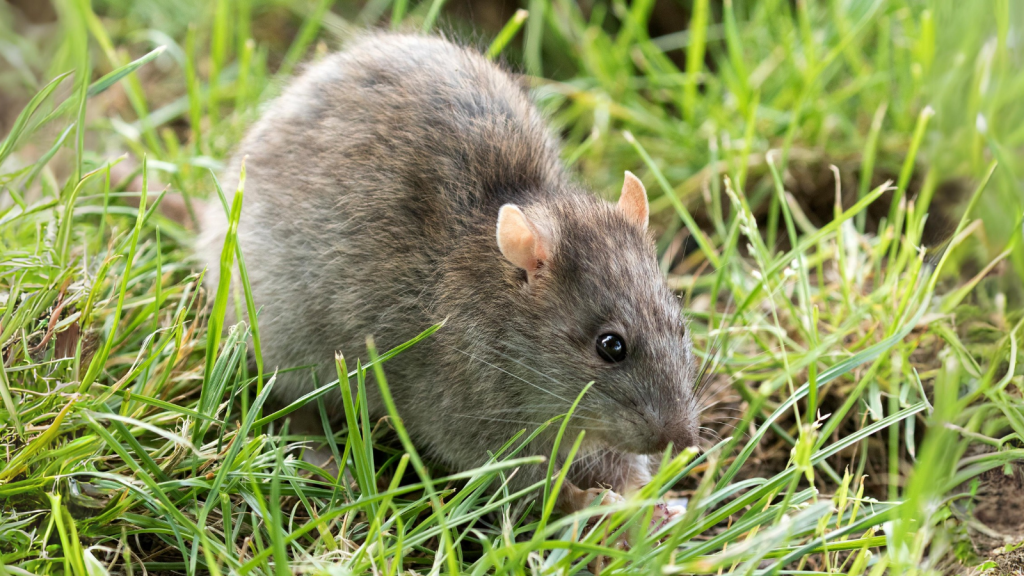
In urban environments, rats can be a threat to bat colonies. They may raid roosts, particularly targeting young or weak bats. Rats are excellent climbers and can access bat roosts in buildings or trees. Their adaptability and intelligence make them formidable predators, capable of learning the routines of bat colonies to time their attacks.
Crows and Ravens
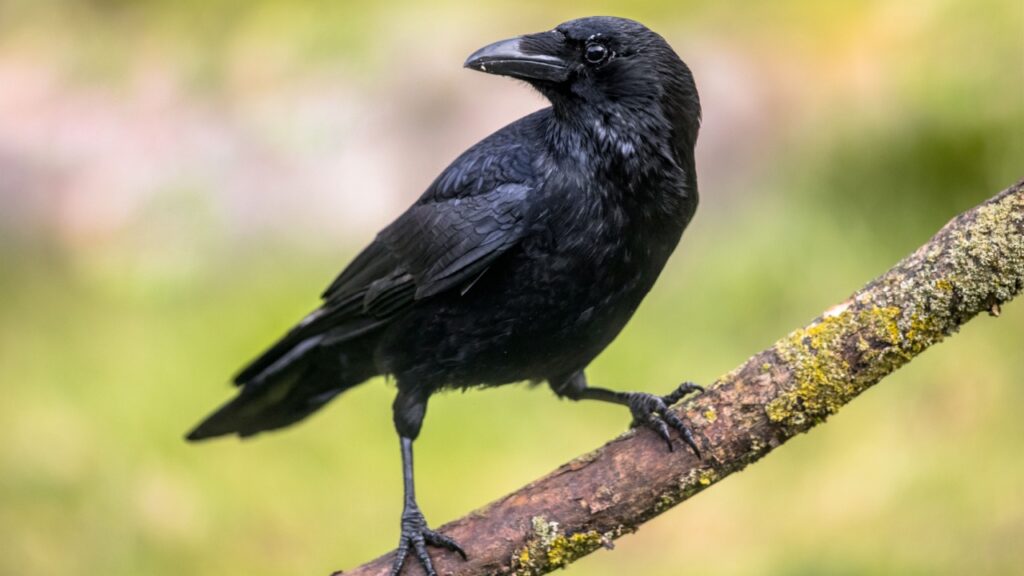
These intelligent birds have been observed catching bats in flight or raiding roosts. While not their primary food source, crows and ravens are opportunistic and will eat bats if the chance arises. They’re most likely to catch bats during daylight hours when a bat might be out of its roost. Their problem-solving abilities allow them to figure out how to access well-hidden bat roosts.
Gulls
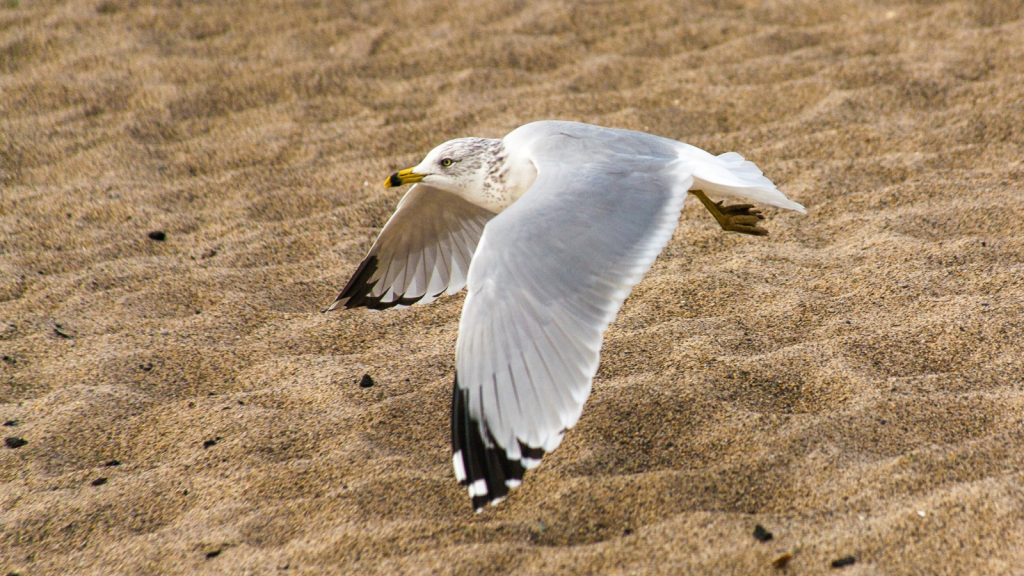
Some gull species, particularly the larger ones, have been known to catch bats in flight. This is most common in coastal areas or near large bodies of water where gulls and bats might share airspace during twilight hours. Gulls’ excellent eyesight and powerful flight make them capable of spotting and pursuing bats, even in low light conditions.
Magpies
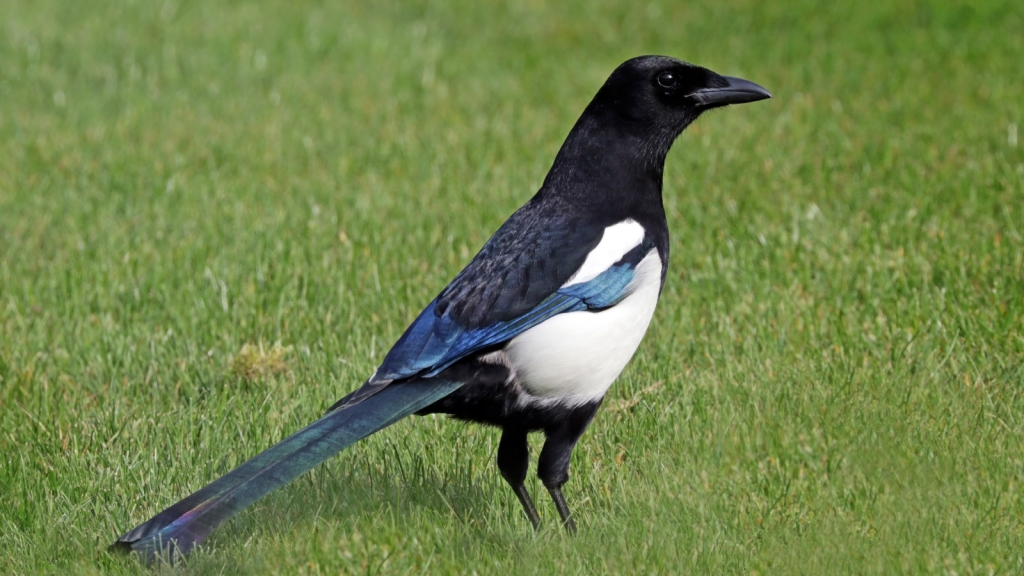
These clever birds are known for their varied diet, which occasionally includes bats. Magpies might catch bats that are flying low or have become grounded. Their intelligence allows them to learn and remember locations of bat roosts, potentially leading to repeated predation. Magpies’ boldness and adaptability mean they’re not deterred by urban environments, making them a potential threat to bats in cities and towns.

